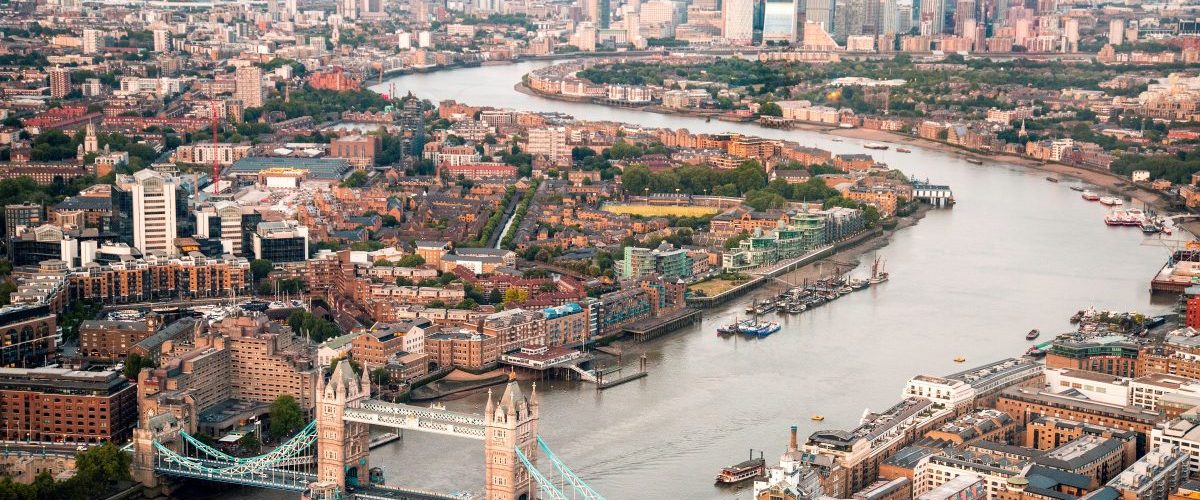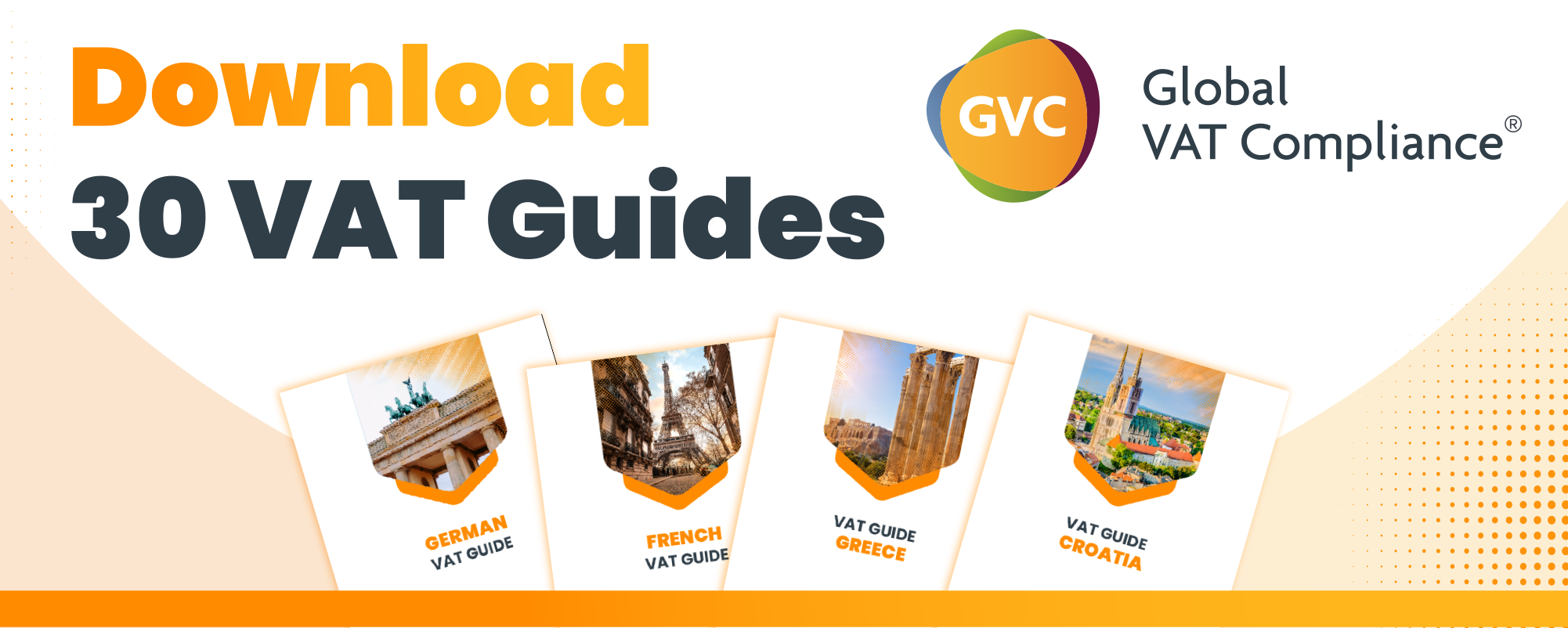- In 2024, ICAEW requested research proposals for reforming the UK VAT system for the 2030s
- Cheryl Ong, Sze Teen Wong, and Anna Poh won a £5,000 prize for their proposal
- VAT introduced in 1973, generated £169 billion in 2023-24, accounting for 20% of total HMRC tax collection
- UK VAT system includes zero-rated, reduced rate, and exempt categories, creating complexity and high costs
- Reduced rates and exemptions lead to £97 billion in lost revenue in 2022-23
- VAT’s regressivity justified by reduced rates for essential goods, but this approach is questioned for effectiveness in achieving social goals
- Taxing financial services could expand the VAT base, currently exempt
- Multiple VAT rates cause administrative burdens and economic distortions
- Studies indicate that VAT rate reductions do not fully benefit consumers; retailers often gain more
- Lower income households may not benefit proportionally from VAT reductions compared to higher income households
- Uncertainty remains if VAT rate reductions effectively meet social and distributional objectives
Source: icaew.com
Note that this post was (partially) written with the help of AI. It is always useful to review the original source material, and where needed to obtain (local) advice from a specialist.














